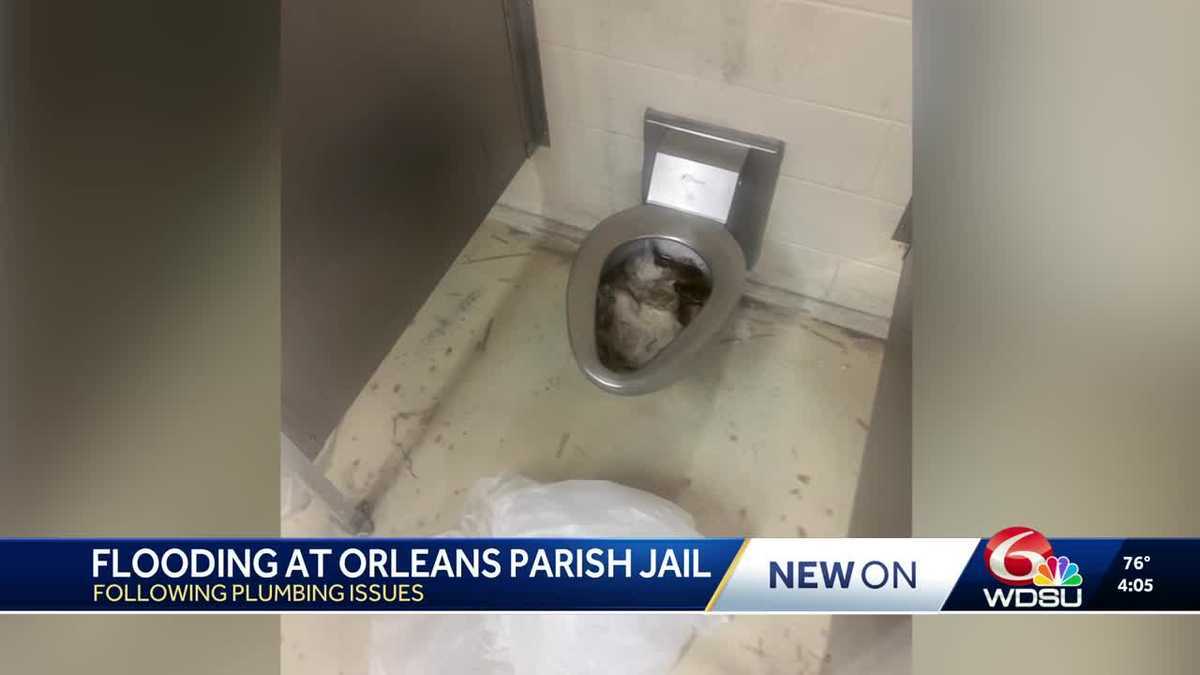By late June, gardens are growing and blooming in full stride — mostly.
Lawn areas may need a quick RX for bare spots.
And why do plants fail shortly after planting?
The squirrels are driving us squirrely, is it possible to better coexist with them?
Lawns
Dead lawn patches and areas are easy to detect during the outdoor growing season. If the water conservation bug hits you or if lawn management has become more than a burden, consider a partial or full lawn replacement. Work with a competent, experienced landscape contractor who is familiar with all phases of lawn replacement and can help plan and match a landscape tweak or redo with your current growing conditions.
Parched lawn is different than dead lawn. A good way to distinguish the cause is to physically watch automatic sprinkler heads water all the zones. Repair the obvious: Broken and tilted sprinkler heads, below-grade heads, water pressure issues and plugged heads are easy to spot and repair. Lawn areas not getting enough water usually recover nicely once sprinkler issues are resolved.
Dead lawn causes may not be easy to determine. Consider previous year drought stress, winter de-icing chemicals, pest insect feeding, pet urine and critter damage as possible reasons. If watering is consistent, re-seeding or sodding dead spots is doable even during the hot summer months. Try re-seeding smaller areas. This easy chore can be done in an hour or two when fixing just a few spots here and there. Here’s how:
- Prepare the dead grass surface area by raking and loosening up compacted soil and grass. Work some compost into the soil, then smooth it down. Sprinkle or use a spreader to broadcast grass seed that is close to the type of grass already growing. Independent garden centers have local grass seed blends that are best suited to growing in Colorado.
- Spread a very thin layer of loose soil over the seeds, then cover with a light layer of weed-free straw (if available) and water with a fine mist. Keep the area moist until the new grass seed is established and growing well. Prevent foot traffic from the seeded spots. Watering twice a day might be needed when temperatures are in the 80s and 90s. Pull any weeds that emerge. In 5 to 6 weeks, the bare patches will blend in nicely and be ready for regular mowing and fertilization.
Plantings

Why do some beloved perennial plants and shrubs die suddenly or within a few weeks after being initially planted? If we all knew the exact answer(s), perhaps we’d be able to prevent future losses or at least build our planting confidence.
Choosing the right plant for the right location in a landscape is rule No 1. A close second is making sure the soil, sun and planting zone conditions are correct. Newbies to Colorado learn quickly that rhododendrons and azaleas simply don’t grow well here — their needs for wind protection, afternoon shade, milder (less extreme winter weather), continuous moist and acid soil conditions make them incompatible for our high plains and dry, alkaline-soil Colorado landscapes.
Hydrangeas certainly offer the wow factor when in bloom and fortunately for those who love them, they have adapted to growing here; many varieties are sold locally. To ensure growing and blooming success, choose the most cold-hardy hydrangeas that bloom on new growth (wood) each spring or blooms on both old wood from the previous season and new spring growth. These include hydrangeas like Limelight, Pee Gee, Endless Summer, Little Lime, Invincibelle and Tardiva.
The absolute key to planting hydrangeas and other shrubs and trees correctly is to not overly amend the planting hole with compost, topsoil and potting soil, which creates what is known as the “bathtub effect” where water absorbs quickly in the planting hole. Once the water hits the surrounding native soil it stops and holds the water in around the roots which leads to rot or death by drowning.
For the best bloom, hydrangeas prefer six or more hours of sun each day. They’ll be happiest with wind protection and shade during the hottest parts of the day. Hydrangeas are not drought-tolerant like so many other native and recommended adapted blooming shrubs for our climate. They need regular watering, but not to the point of being waterlogged. Pruning hydrangeas correctly and at the right time matters (check the resources below).
Pests

Some gardeners consider squirrels as a natural, welcome part of their year-round outdoor wildlife enjoyment, just like a nibble here and there from deer won’t hurt the roses (they’ll grow back quickly). If that’s not your sentiment, however, you’re not alone. Talk about wildlife management can go down many emotional rabbit holes.
Squirrels are difficult to control since they are so mobile on our power lines and tree canopies and have fewer natural predators in dense urban settings. Repellents (homemade and commercial) around landscapes may only have temporary results. Some gardeners claim that hanging and placing several scented dryer sheets on fences and near bird feeders keeps them away.
Make your landscapes less friendly to them by using available resources. Two-foot-wide metal collars attached 6 feet from the ground around the base of trees can prevent them from climbing individual trees (they can still jump from close tree canopies). Close openings to attics and other buildings. Diluted hot sauce can be sprayed on tomatoes and later on fall pumpkins.
One taste and squirrels generally get the message.
Resources
How to replace your lawn: denverpost.com/2023/05/23/gardening-how-to-replace-colorado-lawn-native-species/
Inspecting and correcting turf irrigation system problems: https://extension.colostate.edu/topic-areas/yard-garden/irrigation-inspecting-and-correcting-turf-irrigation-system-problems-4-722/
Native shrubs for Colorado landscapes: https://extension.colostate.edu/topic-areas/yard-garden/native-shrubs-for-colorado-landscapes-7-422/
Pruning hydrangeas and other summer blooming shrubs: https://www.denverpost.com/2024/04/07/tips-spring-pruning-shurbs-perennials-vegetables/
Right lawn for where you live: https://www.denverpost.com/2023/05/16/colorado-lawn-trends-saving-water/
Wildlife Management in Colorado: https://cmg.extension.colostate.edu/gardening-resources/online-garden-publications/wildlife/
Betty Cahill speaks and writes about gardening in the Rocky Mountain Region.









